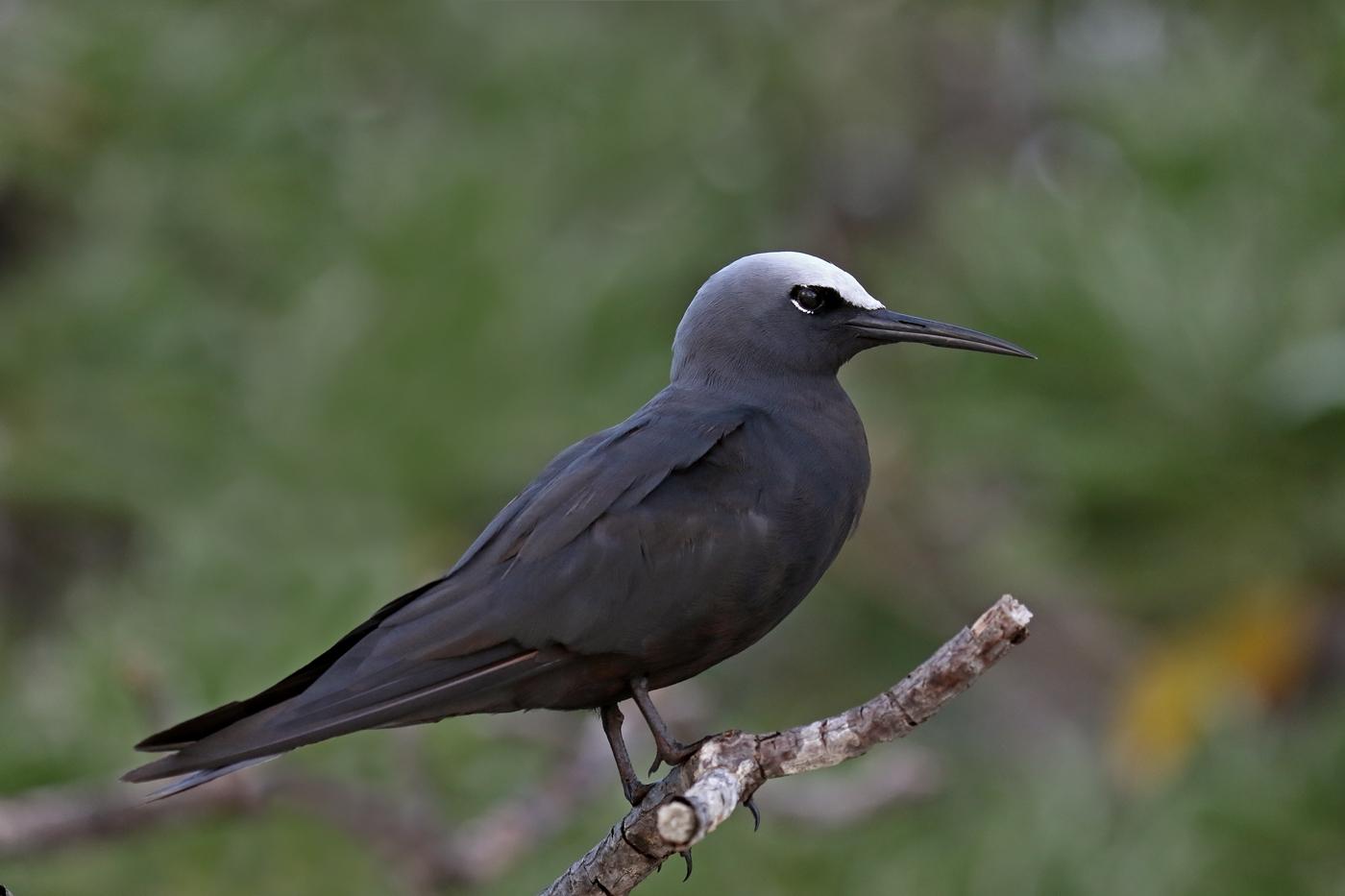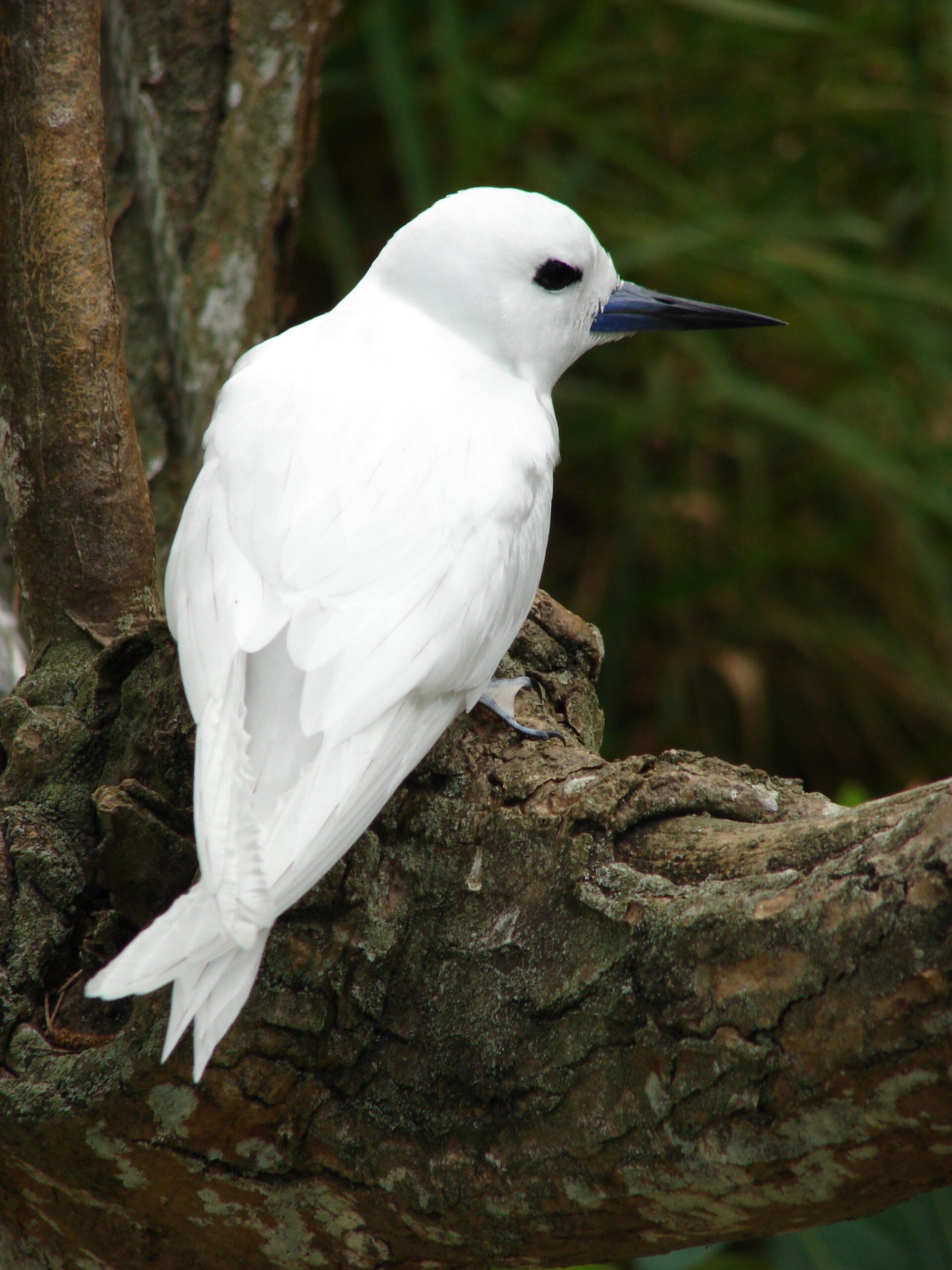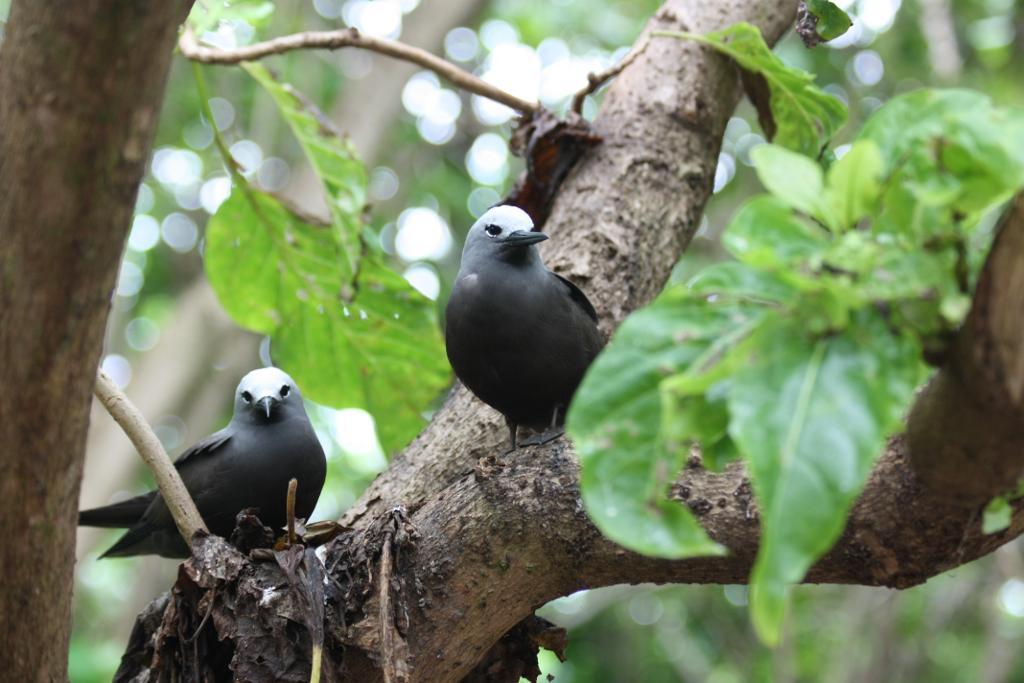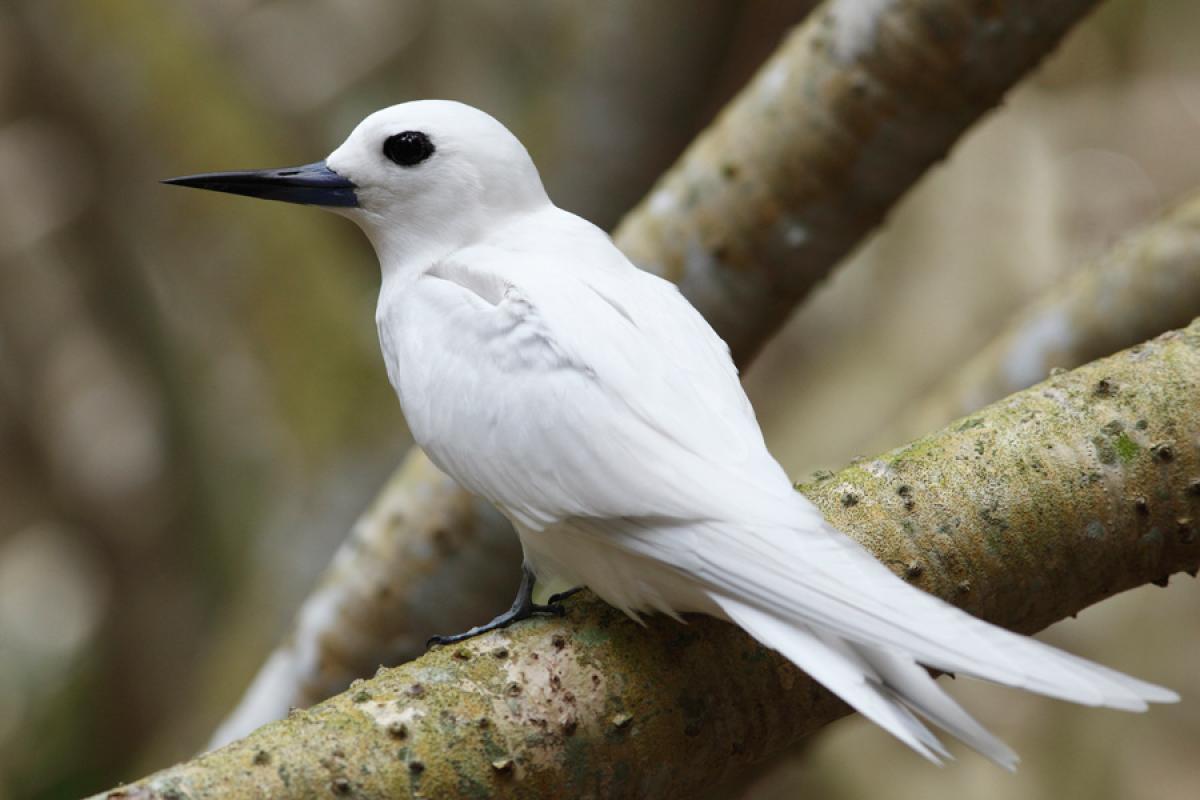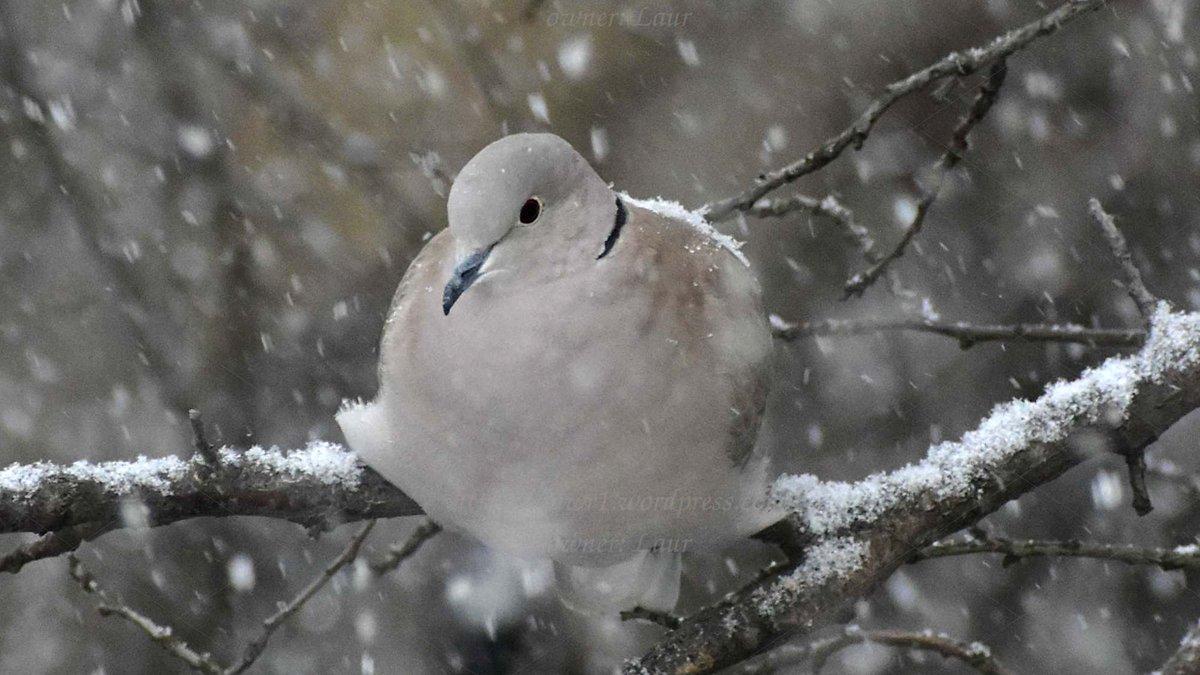With its huge flocks, harrowing dangers and mind-boggling distances, it’s no surprise that bird migration is spectacular. In fact, it is so spectacular that the seasonal mass movement of birds often overshadows the adaptability and resilience of hardy birds that remain in the same range year-round. But when migration is widespread, what birds don’t migrate and why not?
Migration is a dangerous journey, and birds that do not undertake significant migration avoid the dangers that come with moving from one place to another, including predation, hunting, habitat loss, storms, and more. But in addition to simply avoiding those risks, there are many good reasons birds have for not migrating, including:
Of course, birds do not consciously choose not to migrate, as migration is an inherent and instinctive behavior. Just as some birds have evolved the ability to navigate precisely through this extraordinary journey, some birds have also evolved to make the most of the possibility of not migrating at all.
There are many more birds that do not migrate than most birders realize, and at least some species in almost all scientific bird families avoid the rigors of migration. In North America alone, some of the most familiar birds that do not migrate include:
These are just some of the North American birds that do not migrate. Many others migrate only slightly but occupy a large part of their range throughout the year, although marginal populations migrate. In other parts of the world, similar bird families migrate very little, such as tits, woodpeckers, corvids, game birds, and scavengers.
Because migration is a key part of bird survival, non-migrating birds must adapt to survive in the same range year-round. While different species adapt differently depending on their needs and the conditions of their range, typical adaptations that birds may have in place of migrating include:
Many people mistakenly believe that all birds migrate. However, once you recognize the benefits birds gain by staying within the same range, you will notice the unique adaptations year-round residents have to survive without long trips and you will be ready to enjoy these birds in every season.
